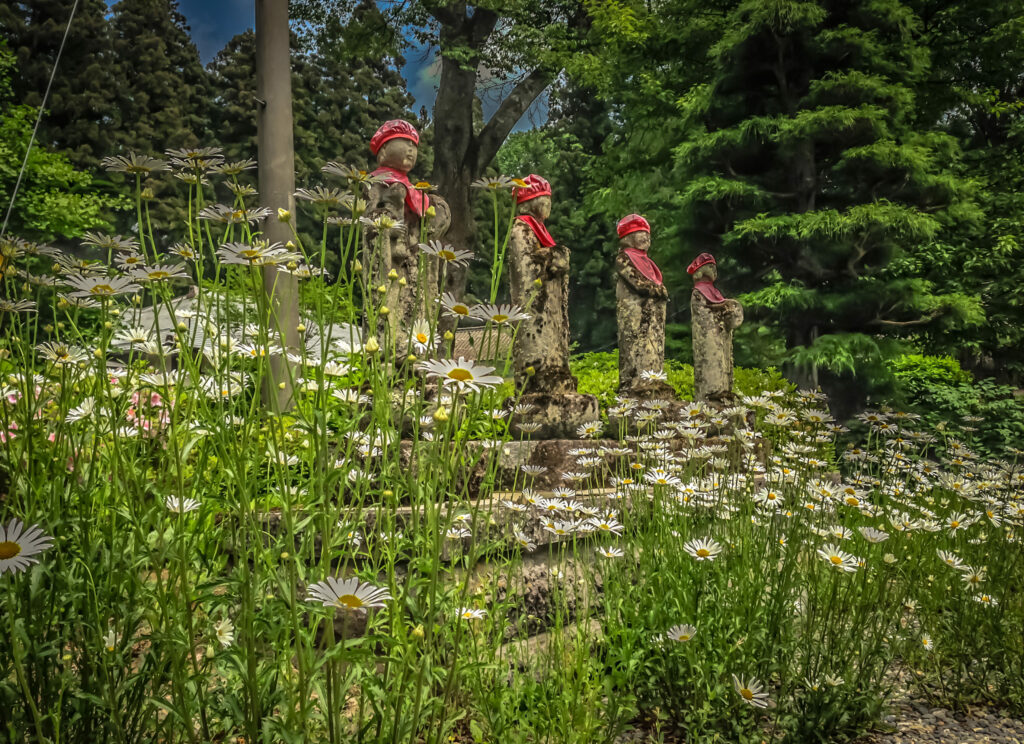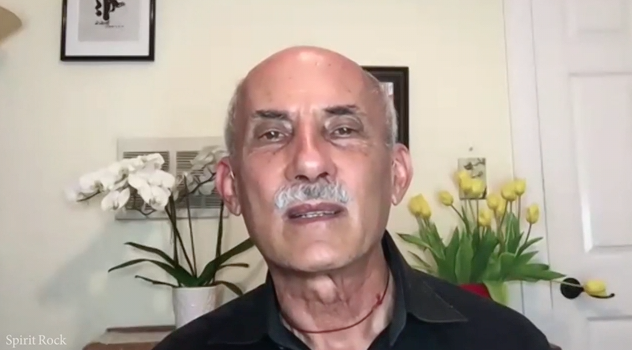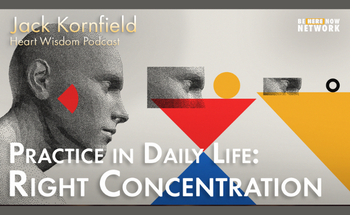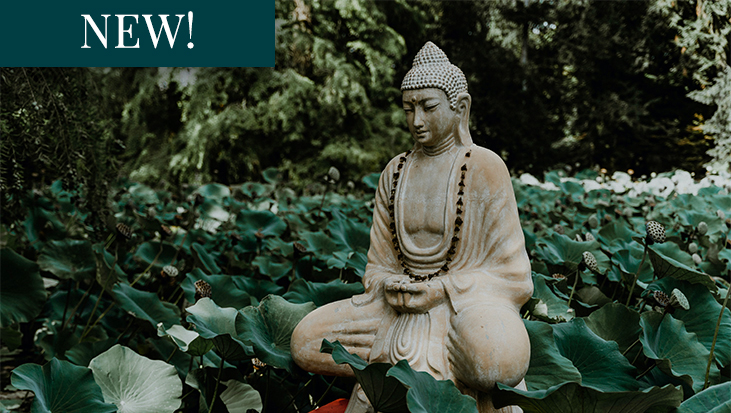The following passage is taken from, “A Path With Heart: A Guide Through The Perils And Promises of Spiritual Life”
Before we can understand non-ordinary states, we must realize that spiritual traditions hold two widely divergent perspectives on their value for transforming and liberating our consciousness. Certain spiritual paths insist that we need to attain profoundly altered state of consciousness in order to discover a “transcendent” vision of life, to open beyond our body and mind and realize the divine taste of liberation. These schools speak of the need to go to the mountaintop, to have a cosmic vision, to transcend the small self, to experience an enlightenment. Many traditions focus on such visionary and transcendent experiences. In Zen, the Rinzai School emphasizes powerful koan practices and rigorous retreats to break through ordinary consciousness and lead to experiences called satori and kensho, moments of profound awakening. Insight Meditation (vipassana) contains schools that use powerful concentration techniques and long intensive retreats to bring sutdents to and awakening beyond their everyday consciousness. Raja and kundalini yogas, certain shamanic practices, the “dark night” of intensive Christian prayer are others that follow this spirit of practice. The techniques they use include repetition, intensity, pain, powerful breathing, narrowly focused concentration, koans, sleep deprivation, and visioning to help students transcend normal consciousness.
Many other schools, however, do not seek to climb the mountain of transcendence, but set out instead to bring the spirit of the mountaintop alive here and now in each moment of life. Their teachings say that liberation and transcendence must be discovered here and now, for if not here in the present, where else can it be found? Instead of seeking to transcend, the perspective of the “immanent” school teachers reality, enlightenment, or the divine must shine through every moment or it is not genuine.
The schools that focus on awakening “here and now” teach that the divine and enlightenment is ever present. Only our desire and grasping mind, including our desire for transcendence, keep us from experiencing this reality. The Soto School of Zen teaches this through a meditation called Just Sitting, a profound opening to what is true just now. In this practice on abandons the very notion of gaining enlightenment, satori, or of being anywhere else. In his teaching one of the greatest American Soto Zen masters, Suzuki Roshi, never spoke of satori-his wife joked that it was because he never had it. All altered perceptions and visions in the Soto Zen tradition are called makyo, or illusion, and are ignored. Insight Meditatio has many masters who hold a similar perspective. For them, altered states are just another experience, an impermanent phenomenon, or as Achaan Chah put it, “Just something else to let go of.” The teachings of Advaita Vedanta, Krishnamurti, karma yoga, and the path of service to the divine, all follow this path.
Immanent and transcendent paths are both an expression of the Great Way. They are each expressions of practice that can lead to a profound letting go and true liberation. Most of you who pursue spiritual practice in a devoted way will at some time experience both perspectives. Each way has its value, and each has its dangers.
The value of transcendent states is the great inspiration and compelling vision that they can bring to our lives. They can provide a powerful vision of reality beyond our day-to-day consciousness and guide us to live from this highest truth. The experiences we have of them can, at times, be profoundly healing and transforming. But their dangers and misuses are equally great. We can feel ourselves special for having had them; we can easily get attached to having them; and the drama, the body sensations, rapture, and visions all can become addictive and actually increase the craving and suffering in our life. The most pervasive danger of all is the myth that these experiences will utterly transform us, that from a moment of “enlightenment” or transcendence, our life will be wholly changed for the better. This is rarely true, and attachment to these experiences can easily lead to complacency, hubris, and self-deception.
The value of the practice of immanence is its powerfully integrated approach. It brings the spirit alive here and now and infuses our whole life with a sense of the sacred. The dangers include delusion and complacency. We can easily believe we are “living in the present” and still be half asleep, following our old comfortable habits. Our initial sense of love and light can become an excuse to say that everything is already divine or perfect, and cause us to gloss over any conflict or difficulty. Some students practice this way for a long time without gaining much real wisdom. Stuck without knowing it, they may feel quite peaceful, but their lives have not been transformed and they may never fulfill the spiritual journey, never find true liberation in the midst of the world.






